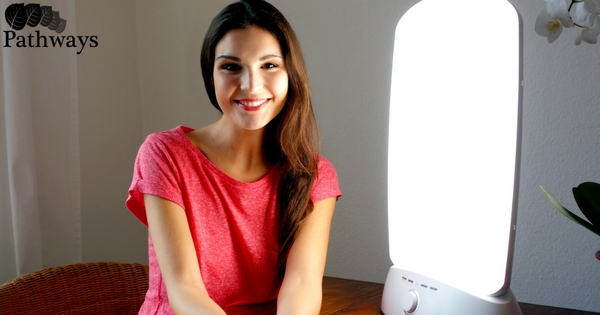It’s normal to feel moody every once in a while. However, not all moodiness should be considered normal. In countries that experience different seasons in a year such as winter, spring, autumn and summer, some people are prone to experiencing moodiness or depression during the same season each and every year. This type of seasonal depression is commonly known as seasonal affective disorder.
What is Seasonal Affective Disorder (SAD) ?
Seasonal Affective disorder is a type of downheartedness in which people who are known to be normal or healthy experience during the same season yearly. This is very common during the winter season. For most people, depression kicks in during the autumn and ends in winter.
Signs of Seasonal Affective Disorder
It is very hard to know that one is experiencing SAD. This is because most people who experience it are usually mentally healthy throughout the year and therefore it is easy to brush it off as normal winter blues. However, there are several indicators of this type of disorder that everyone should know so that in case the symptoms start occurring, medical attention can be sought. Some of the symptoms include:
- Feelings of guilt, fear, and despair
- Grumpiness
- Feeling sleepy most of the time and lack of enthusiasm when waking up
- Loss of interest in carrying out normal day to day activities
- Insistent low mood
- Boredom and feeling tired after doing very simple tasks
- Gaining weight and craving carbohydrates
- Loss of concentration
How to Diagnose Seasonal Affective Disorder
Per the American Psychiatric Association DSM-IV criteria, Seasonal Affective Disorder is not regarded as a separate disorder. It is called a "course specifier" and may be applied as an added description to the pattern of major depressive episodes in patients with major depressive disorder or patients with bipolar disorder.
The "Seasonal Pattern Specifier" must meet four criteria: depressive episodes at a particular time of the year; remissions or mania/hypomania at a characteristic time of year; these patterns must have lasted two years with no nonseasonal major depressive episodes during that same period; and these seasonal depressive episodes outnumber other depressive episodes throughout the patient's lifetime.
What are the Causes of Seasonal Affective Disorder?
The causes of SAD are not known with certainty. However, various experts presume the following to be some of the causes.
- Insufficient exposure to sunlight during fall and winter can lead the brain to produce less serotonin, which is a chemical responsible for regulating mood.
- High melatonin levels. Melatonin is a hormone that controls sleeping cycles. Therefore, if the hormone is secreted in huge amounts, one may be prone to feeling sleepy all the time.
- Low levels of Vitamin D
- Triggers from things such as use of drugs, traumatic life occasions, body illness and changes in diet.
Most of these causes are still being studied to know exactly how they lead to this disorder.
Treating Seasonal Affective Disorder
There are various ways of treating SAD Some of them requires one to see a doctor while others require self-treatment.
Treatments that will need one to see a physician include:
- Light therapy (phototherapy) – This is where one sits for around thirty minutes near a light box. The light from the box is supposed to act as a supplement for sunlight during the winter seasons. This light helps in reducing melatonin and increasing serotonin.
- Use of antidepressants – It is recommended that one takes the antidepressants as winter approaches before the symptoms begin to manifest. The commonly administered antidepressant is called Selective serotonin reuptake inhibitors (SSRIs).
- Cognitive behavioral therapy – This involves attending sessions of counseling either as a group or with your partner for a certain period of time. This enables one to think and react differently when faced with challenging situations.

Some of the treatments that one can try at home include:
- Taking walks or basking in the sunlight
- Making sure light penetrates in the house or in your work place
- Eating a balanced diet
- Exercising regularly, mainly outdoors
- Managing stress
It's normal to have some days when you feel down. But if you feel down for days at a time and you can't get motivated to do activities you normally enjoy, see your doctor. This is especially important if your sleep patterns and appetite have changed or if you feel hopeless, think about suicide, or turn to alcohol for comfort or relaxation.


